Have you ever noticed the moss growing on trees?
Or the spiraling cone shape of pinecones?
Or the symmetry in a butterfly’s wings?
The magic of discovering patterns
When my kids were little we took a lot of walks in the woods.
It was my kids who first observed that the moss grows on the north side.
And suddenly, instead of moss just being a random thing we noticed once in a while, there was a pattern to the moss. Stand facing south and you can see…
Across the whole of the woods…
Moss grows on the north side of trees (In my defense I grew up in the desert — very few trees and definitely no moss.).
A recognizable pattern.
Patterns. On butterfly wings, bees, flower petals, leaves, ferns, seashells, spider webs.
And bigger patterns… the seasons, the water cycle, the stars…
Patterns. Everywhere in nature.
And in cities… the pattern of cement blocks of sidewalks, regular intervals of intersections and traffic lights…
And in books…
When my kids discovered the patterns in letters they turned into words. They recognized the pattern of the three letters C-A-T repeated in The CAT in the HAT.
And they recognized the pattern of 1,2,3… as they learned to count.
Why pattern recognition matters
Pattern recognition is a fundamental skill that influences kids’ cognitive development and learning process* (see references below). We are surrounded by patterns — so much so, that we rarely think about them.
As recent studies* indicate, when young kids learn to recognize patterns in everyday life, they make connections. In turn, their ability to make connections helps them learn more easily.
Think about the light bulb moment when your child sees C-A-T not as individual letters that they have to sound out one at a time but as a recognizable pattern of three letters that sound like CAT. After a few more times of seeing C-A-T, they will never again unsee those letters as a whole word.
Identifying patterns helps kids to develop critical thinking and problem-solving skills.
Think about how much easier reading becomes after that first light bulb moment when your kid sees the pattern of letters as a word. They no longer have to spend the mental effort sorting through individual letters. CAT is now a package.
Same for the number 10. Your kid no longer has to think about the ten ones in the number ten. They simply ‘get it’ that there are ten of something represented by the number 10.
Imagine your kid is on a camping trip and learning survival skills. They will need to recognize a variety of patterns in the woods to help them.
- Identifying animal tracks
- Telling the directions based on sunlight
- Recognizing edible and poisonous plants
- Reading the sky to understand the weather
While we don’t need survival-based pattern recognition skills in modern life, we do make use of and need to train our minds to see patterns for all kinds of other ‘modern life survival skills.’
Pattern recognition skills are transferrable
Research (and dare I say, our own observations) suggests that pattern recognition skills acquired in one area (nature for example) can transfer and support learning in other areas — like reading, math, and science.
When kids learn to recognize patterns in nature they are training their minds to group other things they are learning about — like letters and numbers — into patterns. They are training themselves to see similarities and relationships more easily.
Real-world connections matter
When my kids and I explored our garden one summer morning, looking for ripe tomatoes and cucumbers, we noticed the spider webs glistening with dew in the early morning light.
We saw the spokes of the web extending outward, the imperfect concentric circles expanding and being held by the spokes. A web is an example of radial symmetry. Like a bicycle tire, a wagon wheel, or a ceiling fan.
We compared the veins on the leaves of different plants — some were perfectly symmetrical with matching patterns on each side, while others had alternating vein patterns, like ladders.
We observed earthworms and the regular movements they make. We commented on the nearly uniform distribution of seeds on strawberries.
The patterns my kids noticed were relatable because they were real-world examples.
I never announced, ‘Pay attention to the patterns because pattern recognition will train your brain.’
My kids were naturally curious because the patterns we were finding were in nature and part of their life experience.
Our observations led to a host of interesting questions:
- which fruits and veggies have small seeds
- which types of plants have leaves with different vein patterns
We went down a rabbit hole of classifying what we were seeing — because they were recognizing patterns.
Pattern recognition is an aspect of scientific reasoning
My kids were forming hypotheses about what they were seeing and making guesses about other plants based on observation and pattern recognition.
- Which type of fruit grows on which types of plants?
- Which types of trees does moss grow on?
- And why?
When we went to the library and found books on biology and botany, my kids were far more interested because of their observations. The books (and websites) answered questions they had formulated and wanted answers to.
When they learned why moss grows on the north side, why certain leaves have certain types of symmetry, and why the radial symmetry of spider webs is such a good design, it made sense.
They had started forming initial scientific theories about what they saw. They were making connections and training their minds to notice relationships. All without noticing that they were learning.
Once kids (and adults) start to see patterns, they naturally extend their pattern observation skills to any subject.
The benefits of this transfer of pattern recognition skills are huge. Think about it. There are patterns in every subject we learn, and every aspect of life.
More patterns, more connection, more critical thinking.
Patterns in language
Babies learn to recognize patterns in the process of learning to speak. We read fun rhymes and stories like Cat in the Hat to little kids because the rhymes help them hear the pattern and make connections. It helps them learn language structure.
We often teach kids to read by giving them lists of rhyming words. Why? So, they can see the pattern and form the connection.
Patterns in math
We often teach young kids to count using physical objects like marbles or cards, then group the marbles into sets of ten so that kids can see the patterns.
Kids also love playing with tangram sets, challenging themselves to see if they can recreate complex patterns from simpler shapes: triangles, squares, and parallelograms.
We might examine a nautilus shell, flower petals, or pinecones to see the spiral pattern. Later, when kids are doing higher-level math, they might remember those spiral patterns when they learn about the Fibonacci series that follows the same pattern.
Patterns in science
We often point out the seasons to little kids, the cycle of the sun and stars, and the water cycle.
These cycles are patterns on a bigger scale.
Kids start to see each of these processes as a cycle or a pattern and can make analogies from one type of pattern to another. They connect the life cycle of plants for instance to the bigger pattern of growth and decay.
Patterns in history and geography
We can even extend our understanding of patterns further by looking at how historical events follow patterns, like the rise and fall of civilizations, migration patterns, the chains of volcanoes along tectonic plate joints, and the fanning-out pattern of a river delta.
Practical tips
Patterns come in all shapes and sizes. Taking kids on nature and urban walks and observing is a great way to help them recognize patterns. You might be training yourself to recognize patterns at the same time!
- Try giving your kids a scavenger hunt with a list of types of patterns for them to find if you feel that might help guide the discovery process.
2. Ask your kids to find examples of simple geometric shapes in nature:
- Line
- Circle
- Triangle (hint: slice open an orange and look at the shape of the wedges)
- Cone
- Sphere
- Hexagon
- Radial symmetry (spokes like in a spider web)
- Square (Hmm, this one is tough. Think crystal structures and possibly the almost square pattern of some turtle shells.)
3. Try finding geometric patterns in urban settings:
- Parallel lines
- Squares
- Rectangles
- Signs
4. Get a tangram set and play around with patterns.
5. Challenge your kid to make drawings using only 2–3 shapes.
6. Play pattern games — make up a series of repeating numbers or shapes or letters and challenge your kid to figure out the next thing in the pattern.
7. Take walks and play “I Spy” games to find patterns.
Final Thoughts
Once kids think in patterns, learning new things becomes easier because their minds have learned how to ‘zoom out’ to see the big picture and relationships between things.
Kids are not learning each thing in isolation; they are learning things in interconnected sets of patterns. They are not learning to memorize individual facts, they are learning to connect ideas, draw analogies, see similarities, compare, theorize, and problem-solve.
People have been problem-solving based on observations from nature since ancient times.
We continue this practice now too and use it in engineering and building:
- anti-reflective coatings similar to butterfly wings,
- adhesives similar to gecko feet,
- Velcro similar to burdock burrs,
- crash helmets using a honeycomb structure
- passive cooling systems for houses in hot dry climates that emulate the design found in termite mounds.
Kids love discovering patterns. They’re everywhere.
When your kids learn to recognize patterns, every time they discover a new one, like say the standard story arc in movies, the phrase sequence of pop songs, or the diffraction of light, it will be easier to recognize the big picture pattern and learn from it.
They will be building on their innate understanding of patterns to connect their discoveries and problem-solve using their critical thinking skills.
They will be teaching themselves how to observe and how to learn, all from playful, real-life discovery.
So have fun with your kids! The next pattern is likely right in front of you!
This article was originally published at Medium. Republished with permission from the author.


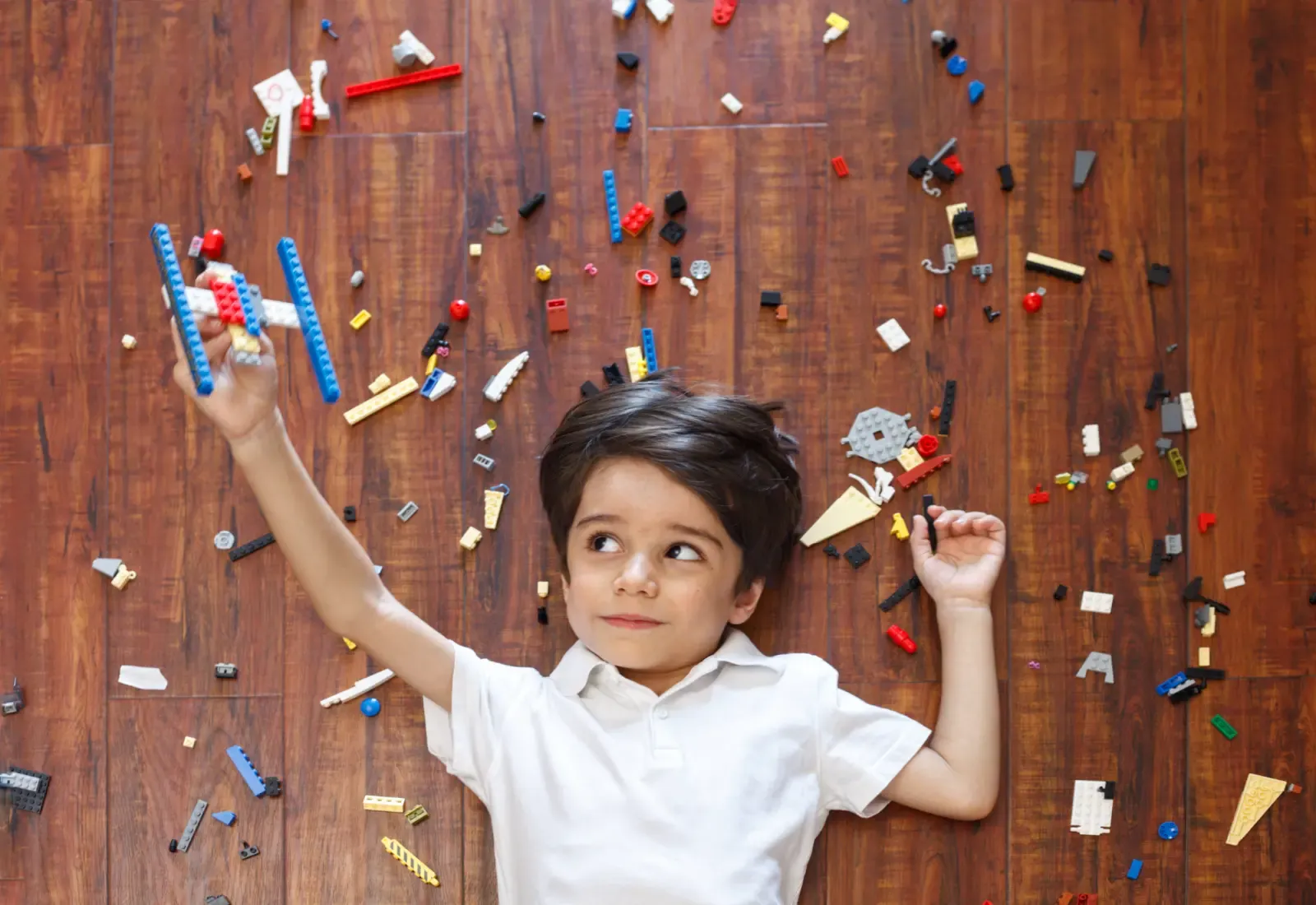



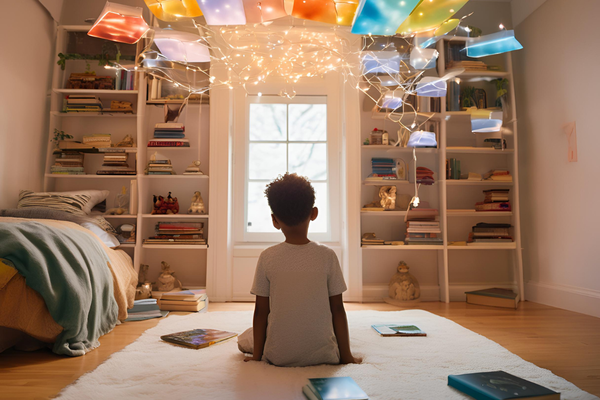
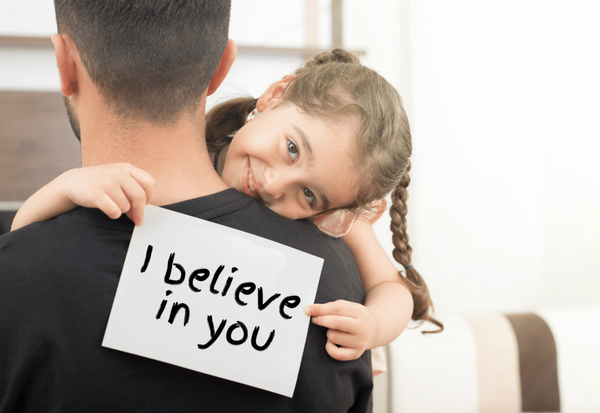
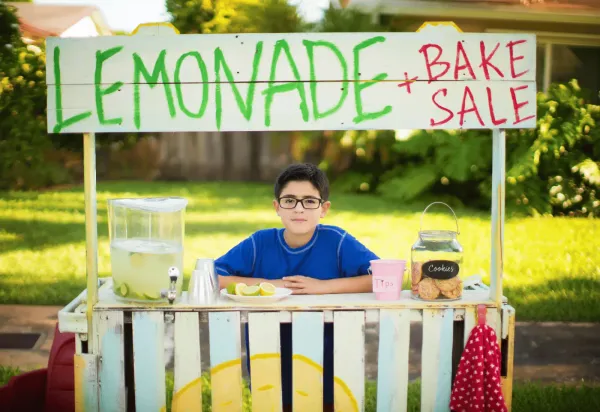
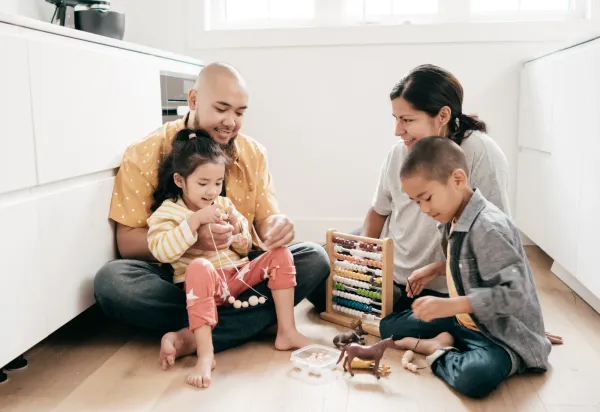

Member discussion